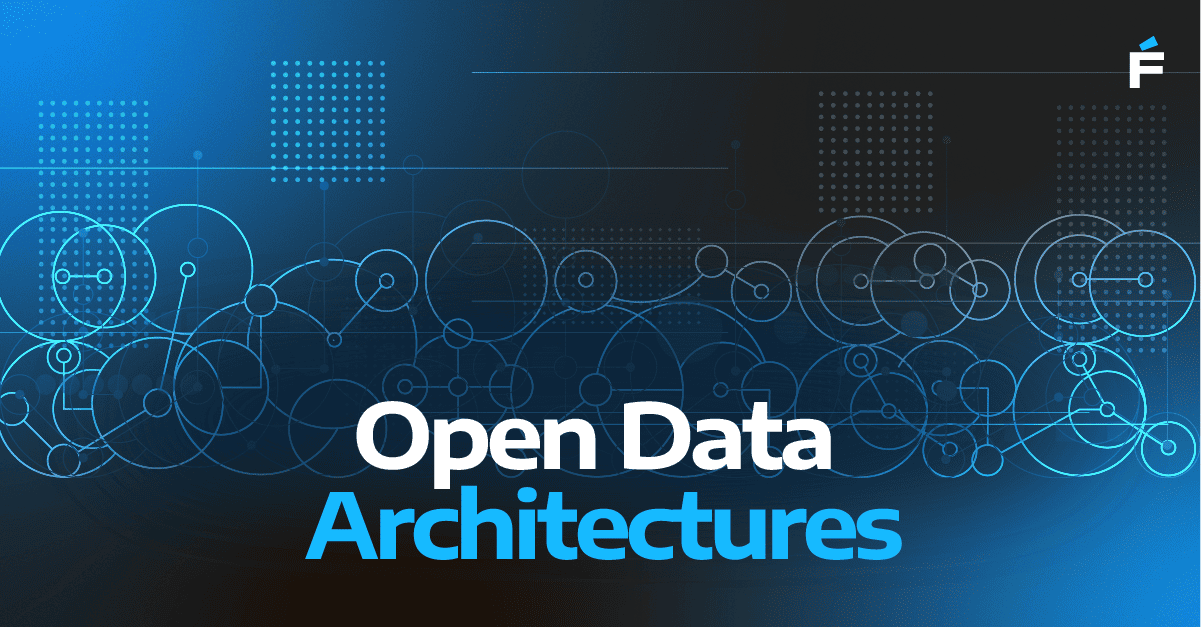Combining these components allows businesses to create a flexible, scalable, and future-proof data architecture that supports long-term growth and effective data monetization.
What does it take to build a data architecture that can stand the test of time? A future-proof architecture must be adaptable, able to pivot with changing business needs, scale with growing data volumes, and provide a solid foundation for advanced analytics and AI applications.
Here are the key components that make up a future-proof data architecture:
.png?width=1600&height=700&name=FutureProofDataArch_Graphic1%20(2).png)
Cloud-Native Infrastructure
- Leverage cloud-native architecture: Cloud providers like AWS, Azure, and GCP offer a wide range of managed services, including data lakes, data warehouses, and AI/ML capabilities. This provides businesses with flexibility, scalability, and cost-efficiency.
- Adopt hybrid or multi-cloud strategies: To avoid vendor lock-in and ensure data portability, consider adopting hybrid or multi-cloud strategies. This allows you to distribute workloads across different cloud environments.
Data Lakehouse Architecture
- Combine the best of both worlds: A data lakehouse combines the advantages of data lakes (raw data storage) and data warehouses (structured data processing). This unified approach supports various analytics use cases, including real-time analytics, AI/ML, and data governance.
- Utilize powerful tools: Tools like Databricks Lakehouse Platform, Snowflake, and Google BigQuery provide a comprehensive data lakehouse solution that can handle structured, semi-structured, and unstructured data.
Microservices and Event-Driven Architecture
- Decouple applications: Microservices architecture breaks down applications into smaller, independent services, making them easier to scale and modify. This improves agility and responsiveness to market changes.
- Process data in real-time: An event-driven architecture uses events as triggers to process data in real-time, enabling faster decision-making and enhancing data monetization.
Data Mesh for Decentralized Data Management
- Treat data as a product: Data mesh promotes decentralized ownership of data domains, empowering individual teams to manage and monetize their data. This improves agility and scaling capabilities.
- Enable self-service data infrastructure: A self-service data infrastructure makes it easier for business units to access and analyze data, supporting faster innovation and monetization.
AI & Advanced Analytics Integration
- Leverage AI and ML: Integrating AI and ML capabilities directly into the architecture enables advanced predictive analytics, personalized recommendations, and other high-value applications.
- Implement MLOps: MLOps frameworks help manage the entire lifecycle of AI models, ensuring continuous improvement and monetization of data assets.

APIs for Data Monetization
- Expose data through APIs: Designing APIs for data services allows for seamless data sharing and monetization. This enables internal teams, partners, and third-party developers to create new products and services, enhancing revenue opportunities.
Strong Data Governance and Compliance
- Implement data governance: A strong data governance framework ensures data quality, cataloging, and lineage tracking while adhering to data regulations.
- Utilize automated tools: Automated governance tools can help manage compliance and data access controls effectively.
Real-time Processing Capabilities
- Process data in real-time: Real-time data processing tools help businesses derive instant insights from streaming data sources, supporting rapid decision-making and quick adaptation to customer needs.
Composable and Modular Architecture
- Prioritize modularity: A composable and modular architecture allows for easy addition, replacement, or removal of components, making it adaptable to new data sources, technologies, or business models.
Data Virtualization
- Provide a unified view of data: Data virtualization offers a unified view of data from multiple sources without physically moving it. This reduces latency, improves analytics capabilities, and provides faster access to data.

Where to Start
- Consider conducting an assessment of your current data architecture to identify gaps and areas for improvement.
- Engage stakeholders across your organization to align on data strategy and priorities.
- Get in touch with Forte Group’s Data Engineering experts to start building your optimal data structure
What components have you implemented already? Which ones are on your roadmap? Where are you struggling? Message me on LinkedIn to share your experiences, or come say hi at the upcoming Digital Innovation Insight Summit!





